Education &
Innovation
Dive into the innovations of offshore wind farms and discover how they harness the sea's power while safeguarding marine ecosystems
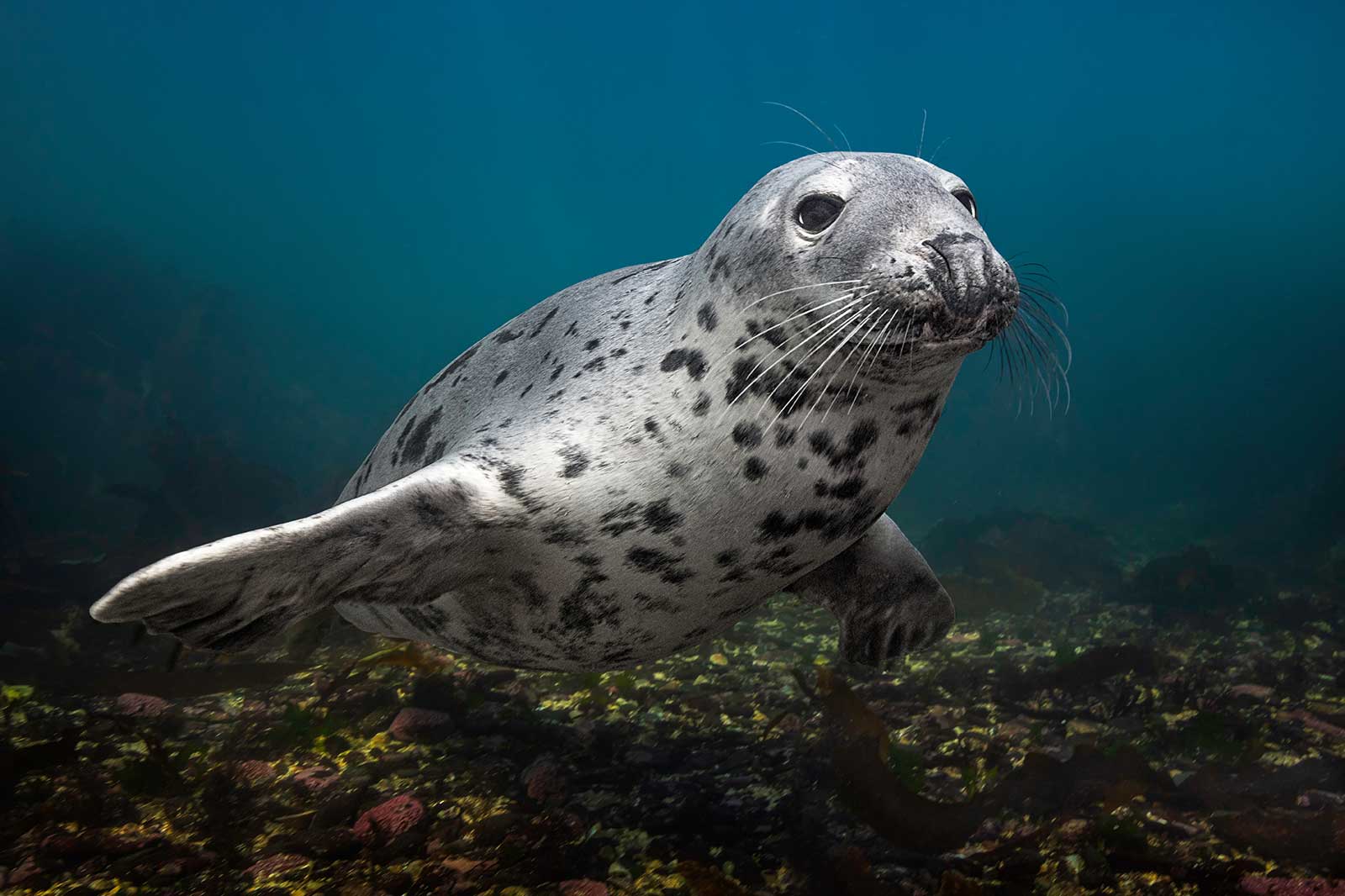
What is a marine ecosystem?
A marine ecosystem is a vast, living underwater world – it encompasses all living organisms and their surroundings in the sea. This includes animals such as fish, whales, crabs, starfish and even seabirds, which often soar above the ocean but are strongly dependent on it.
Plants like algae (seaweed) and seagrass, as well as tiny organisms known as plankton, are equally important. Plankton is a collective term for microscopic organisms, which can either be plant-like (e.g., tiny algae) or animal-like (e.g., small crustaceans) – they serve as the primary food source for many larger marine creatures.
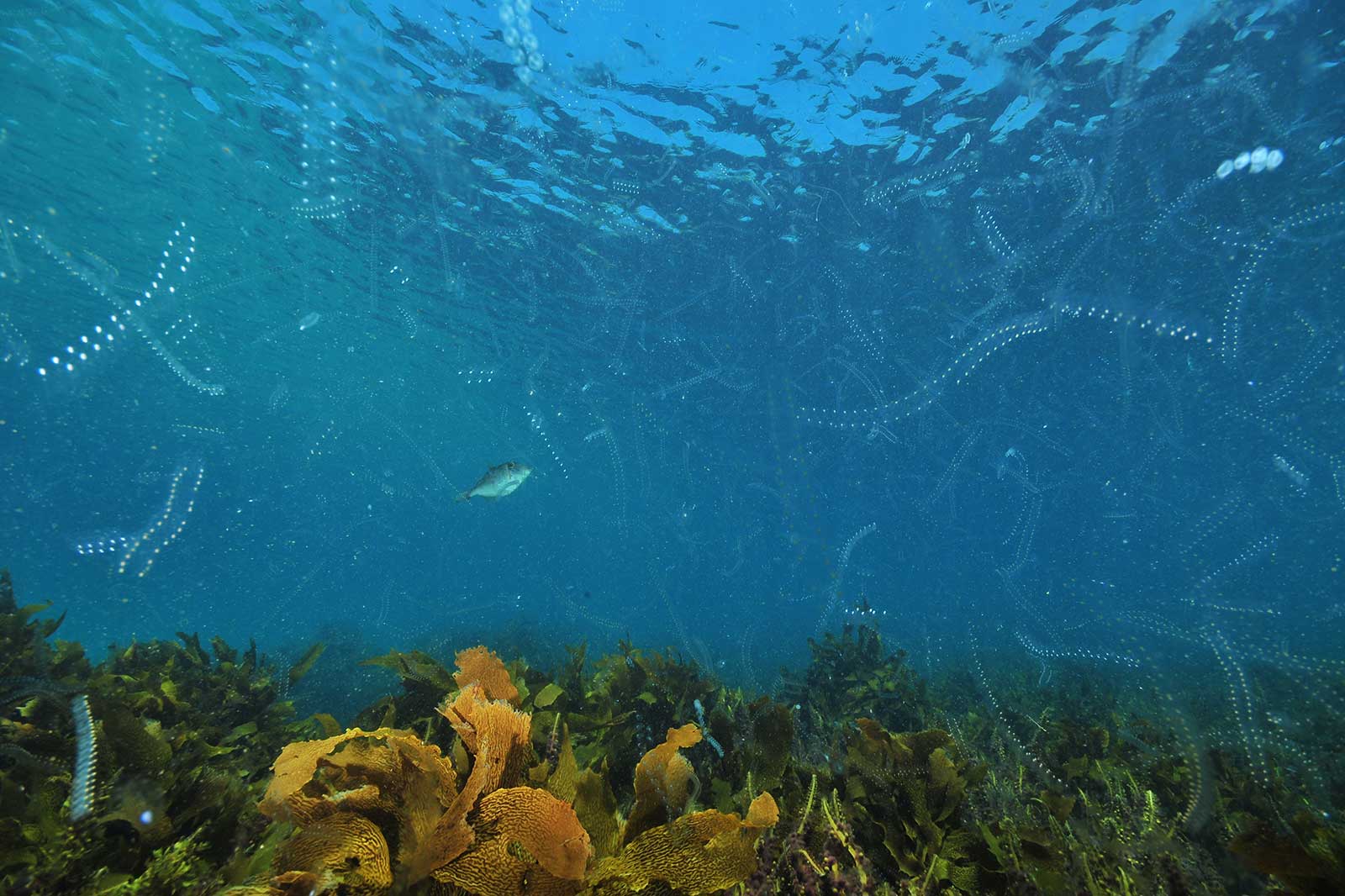
How are marine ecosystems’ components connected?
All living organisms are closely interconnected with one another, and also interact with their environment – the water, rocks, sand, and even the climate. Together, they form a vast network in which every organism depends on others for survival. Tiny organisms, like plankton, serve as food for larger animals, such as fish, which in turn are eaten by bigger predators like sharks or seabirds.
Each species has its specific role, whether as prey, predator, habitat builder, or oxygen producer. These mutual dependencies help maintain the balance of the ecosystem – if one species is disrupted, it can have ripple effects on many others.
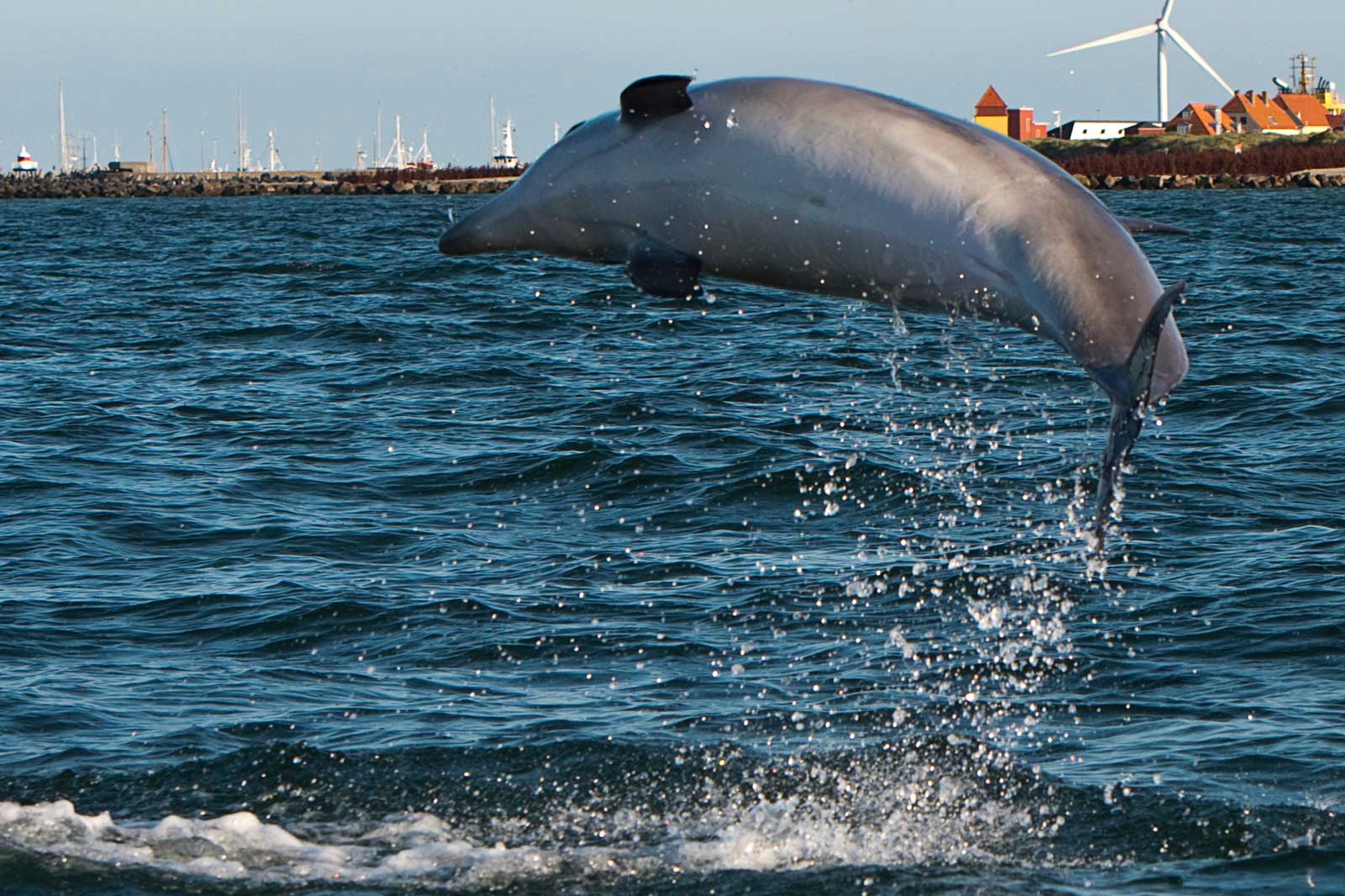
Why is the marine ecosystem so important?
The marine ecosystem is not only home to a fascinating diversity of life but is also essential for life on Earth. It produces the majority of the oxygen we breathe, regulates the climate, and provides food and livelihoods for millions of people.
However, human activities like pollution, overfishing, along with the effects ofclimate change threaten this delicate balance. If we don’t protect the marine ecosystem, we risk not only the loss of unique species but also consequences for our own survival.

Why and how do we monitor the environment?
Marine environmental monitoring involves systematically observing and assessing the condition of marine ecosystems. It's crucial for understanding the impacts of human activities and natural processes on the health and sustainability of our oceans. This monitoring helps in detecting pollution, tracking changes in biodiversity, and evaluating the effectiveness of conservation efforts.
Monitoring utilizes a range of techniques, from traditional ship-based sampling or diving and laboratory analysis to advanced technologies like remote sensing (satellites, drones) and underwater vehicles (autonomous underwater vehicles or AUVs, and remotely operated vehicle or ROVs).
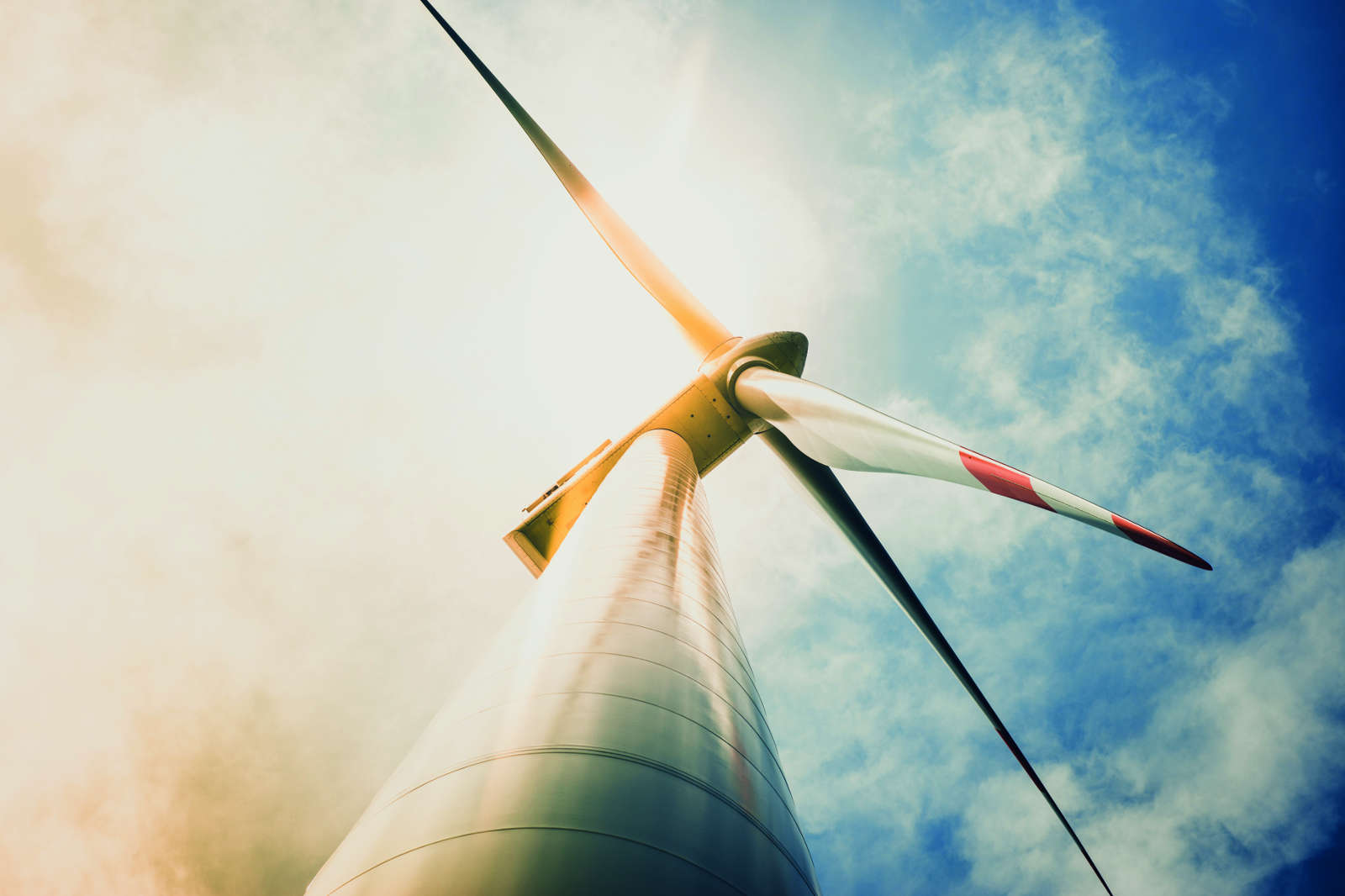
What is a wind farm?
A wind farm is a group of big windmills, called wind turbines, that work together to make electricity. These wind turbines use the power of the wind to help us turn on lights, play video games, and watch TV!
Here’s how it works: When the wind blows, it pushes the long blades of the wind turbine. These blades spin a machine inside the wind turbine, called a generator, that uses the movement to make electricity. The electricity then travels through wires to homes, schools, and other places where it is used.
Wind farms can be built on land, like in wide-open fields or at the top of some mountains. However today wind farms are built even in the middle of the sea. The ones in the sea are called offshore wind farms. Wind farms are helpful because they make "clean" energy without creating pollution or using up natural resources like coal or gas. This means they don’t harm the planet as much as other ways of making electricity.
Wind farms are super cool because they just use air – something we have lots of! Plus, they help protect the Earth, making it a better place for animals, plants, and people. Isn’t that amazing?
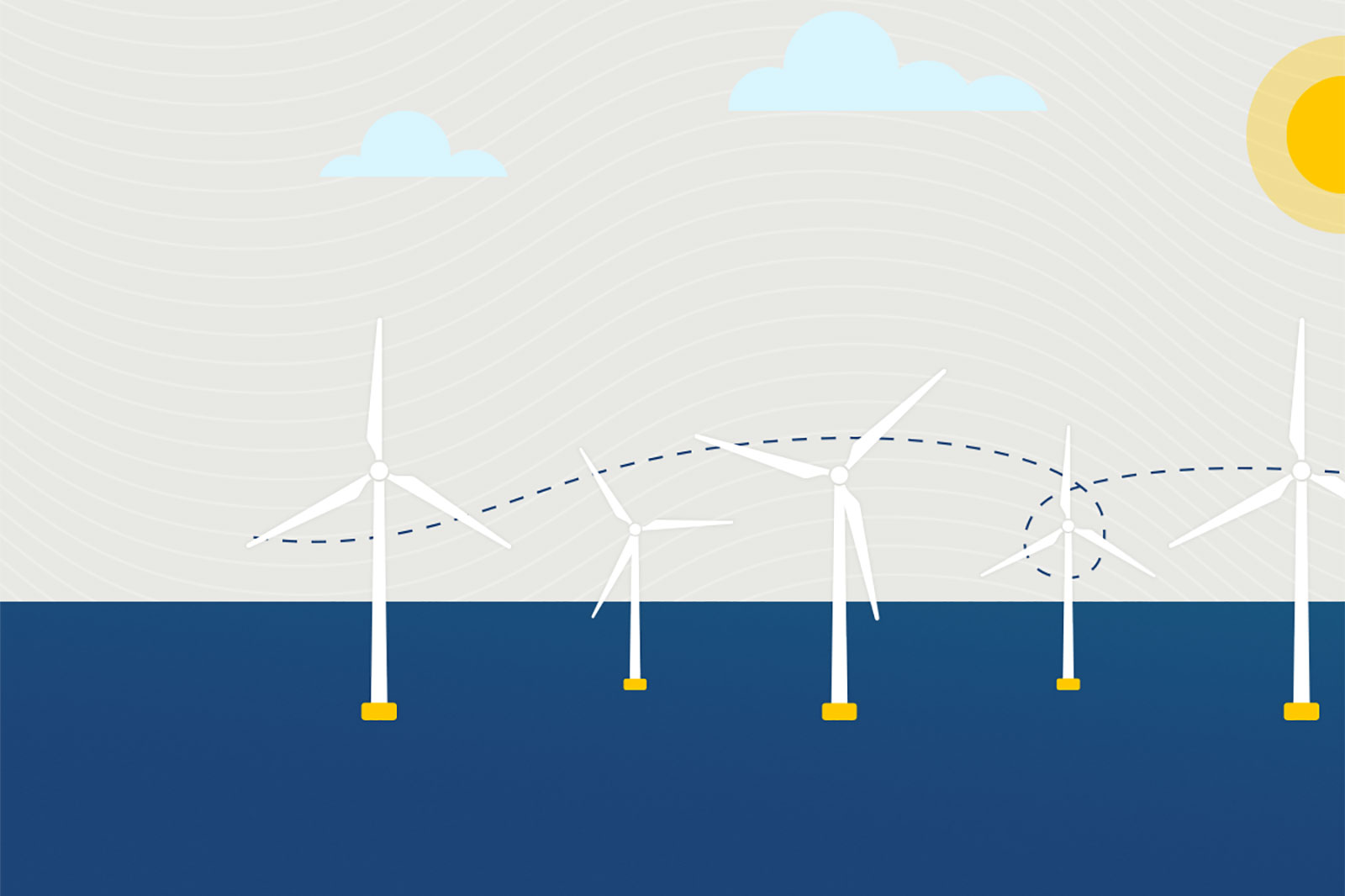
Offshore wind farms make use of stable wind conditions and the high wind speeds at sea.
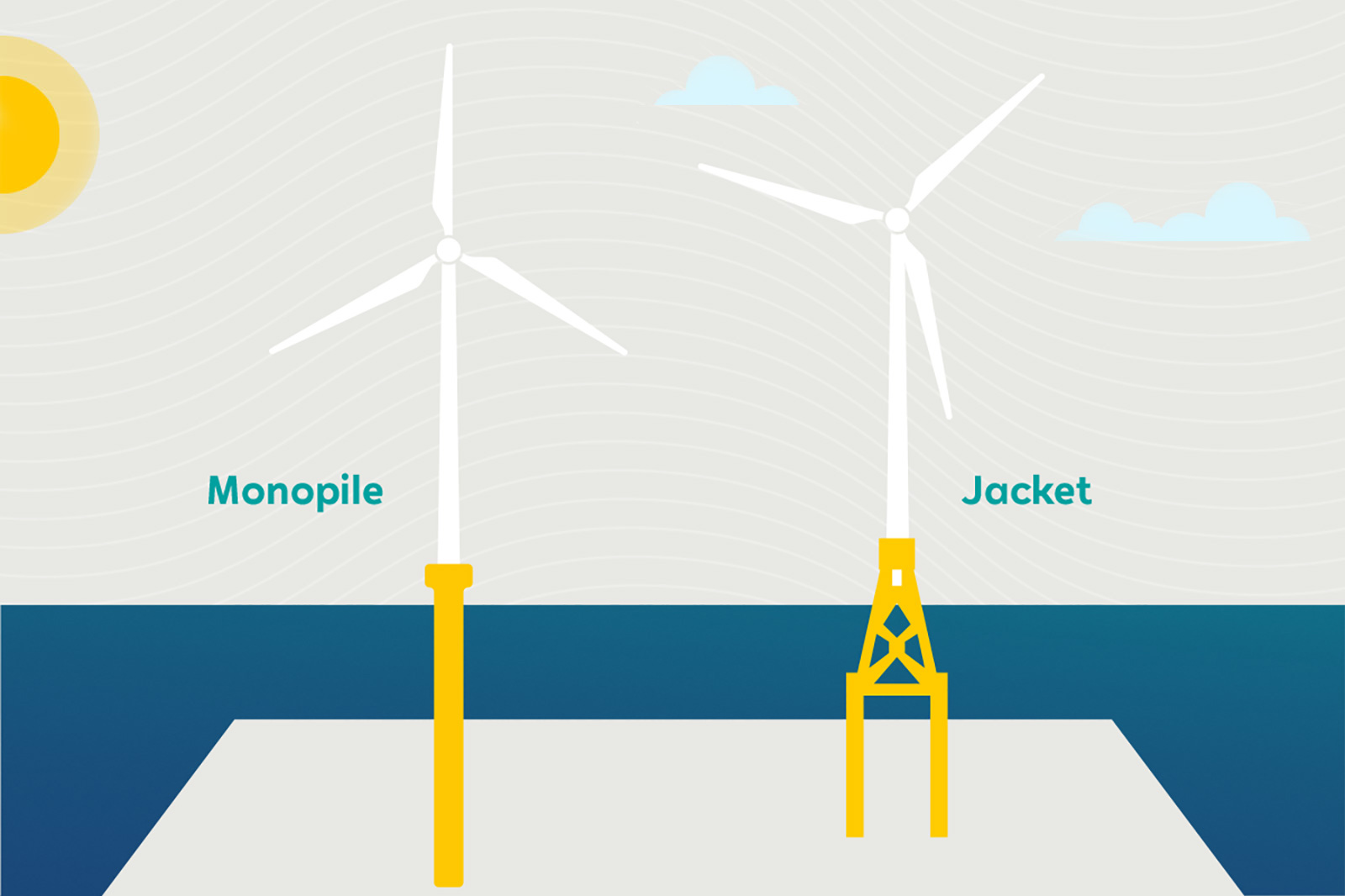
Out in the open sea, the wind turbines are anchored to the seabed commonly using fixed bottom foundations.
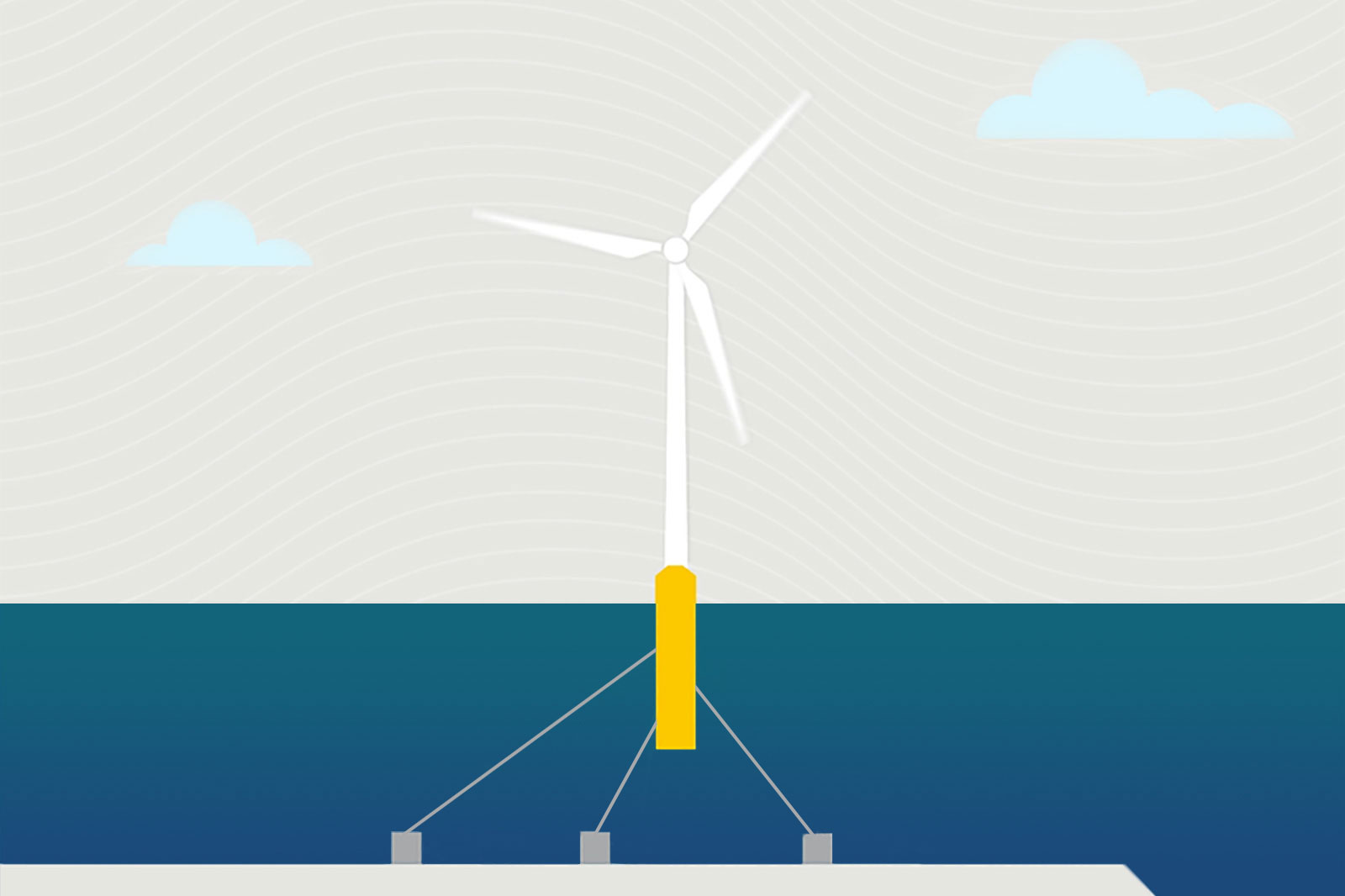
Floating foundations are required for sea depth of 60 meters or more.
How the electricity comes ashore
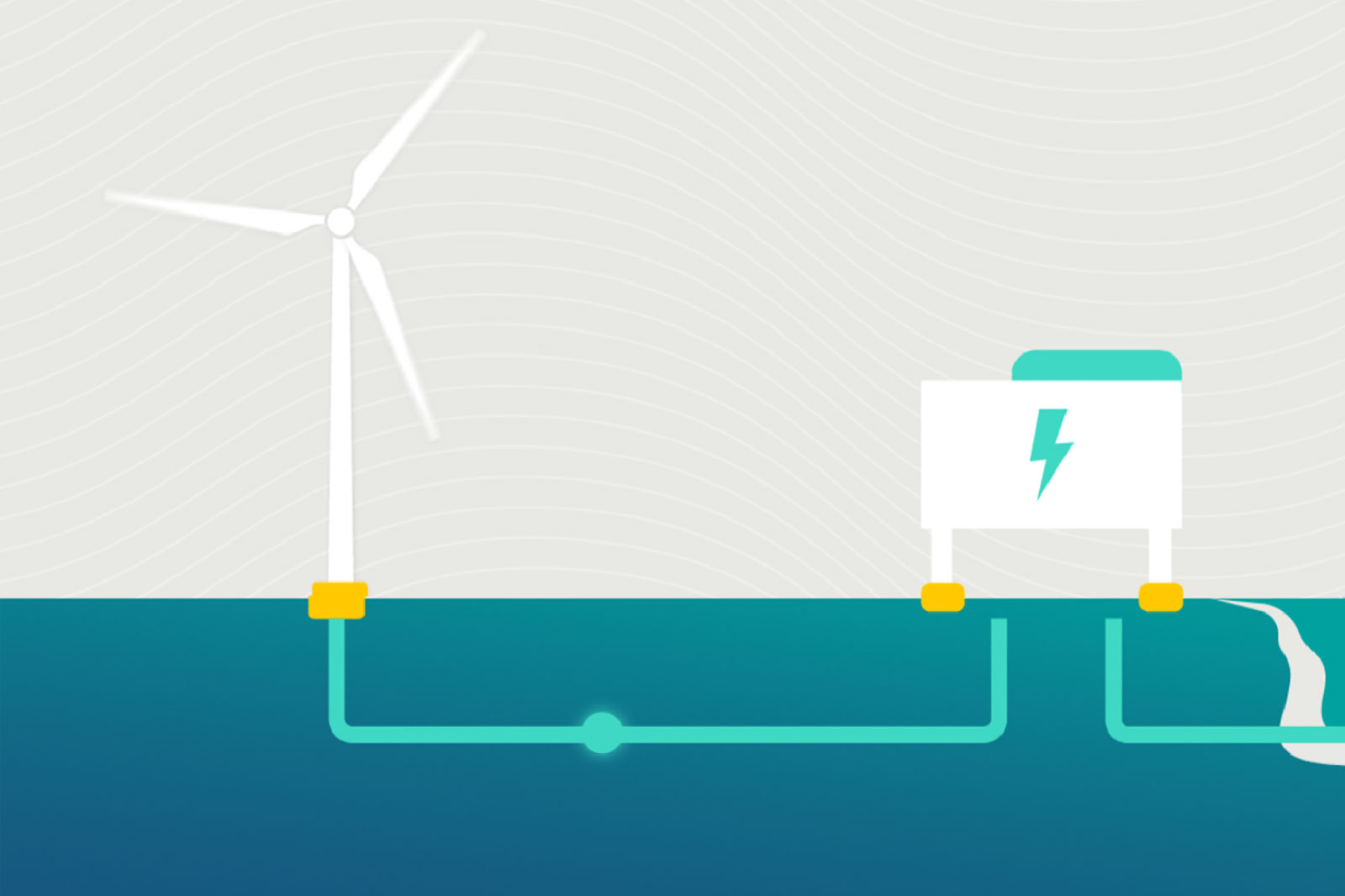
Offshore wind farms usually have their own substation where all produced electricity is fed into. Some have their own converter station at sea.
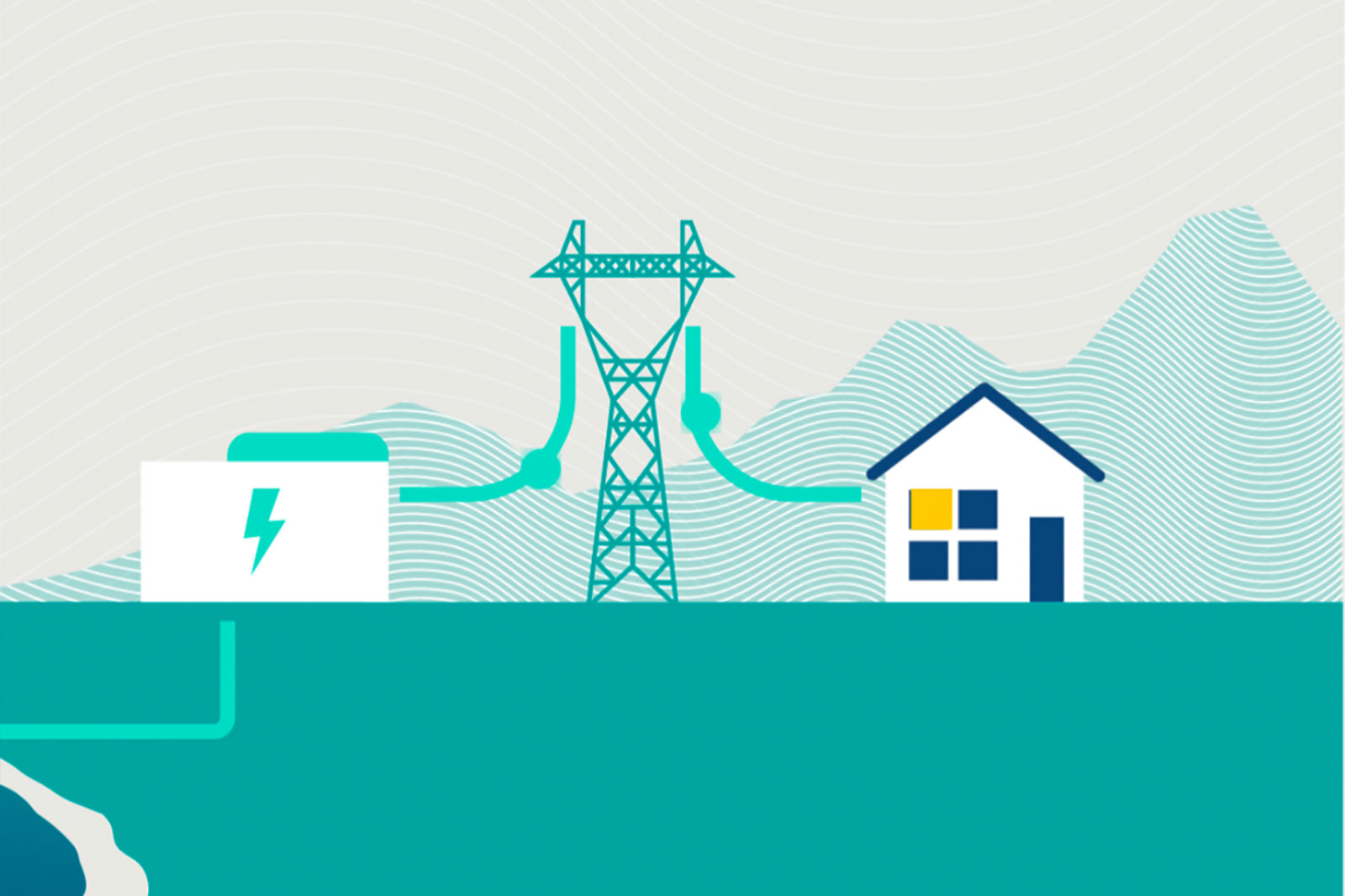
From the sea, the electricity is then transported to the onshore substation where it can be fed into the public grid.
